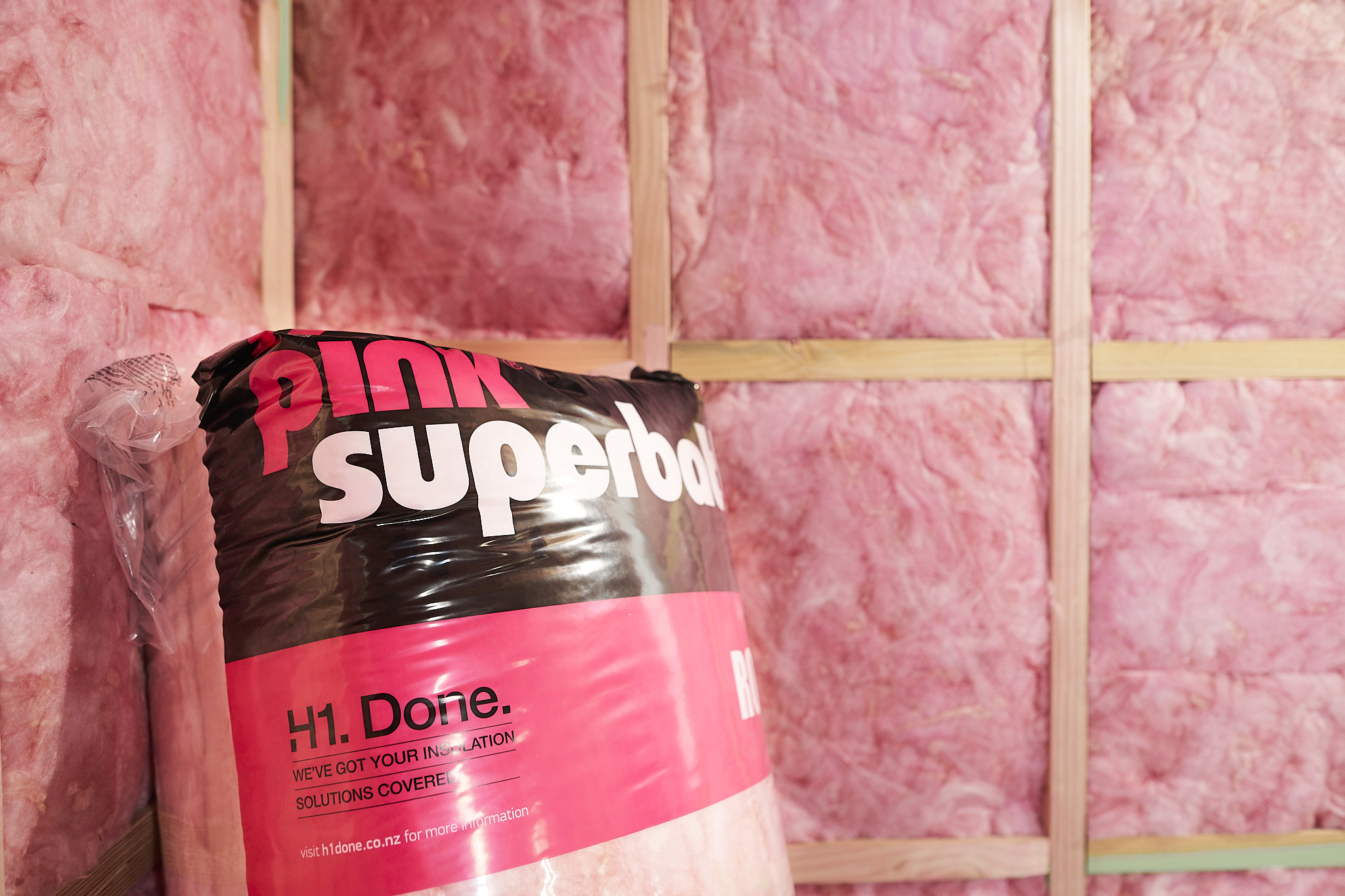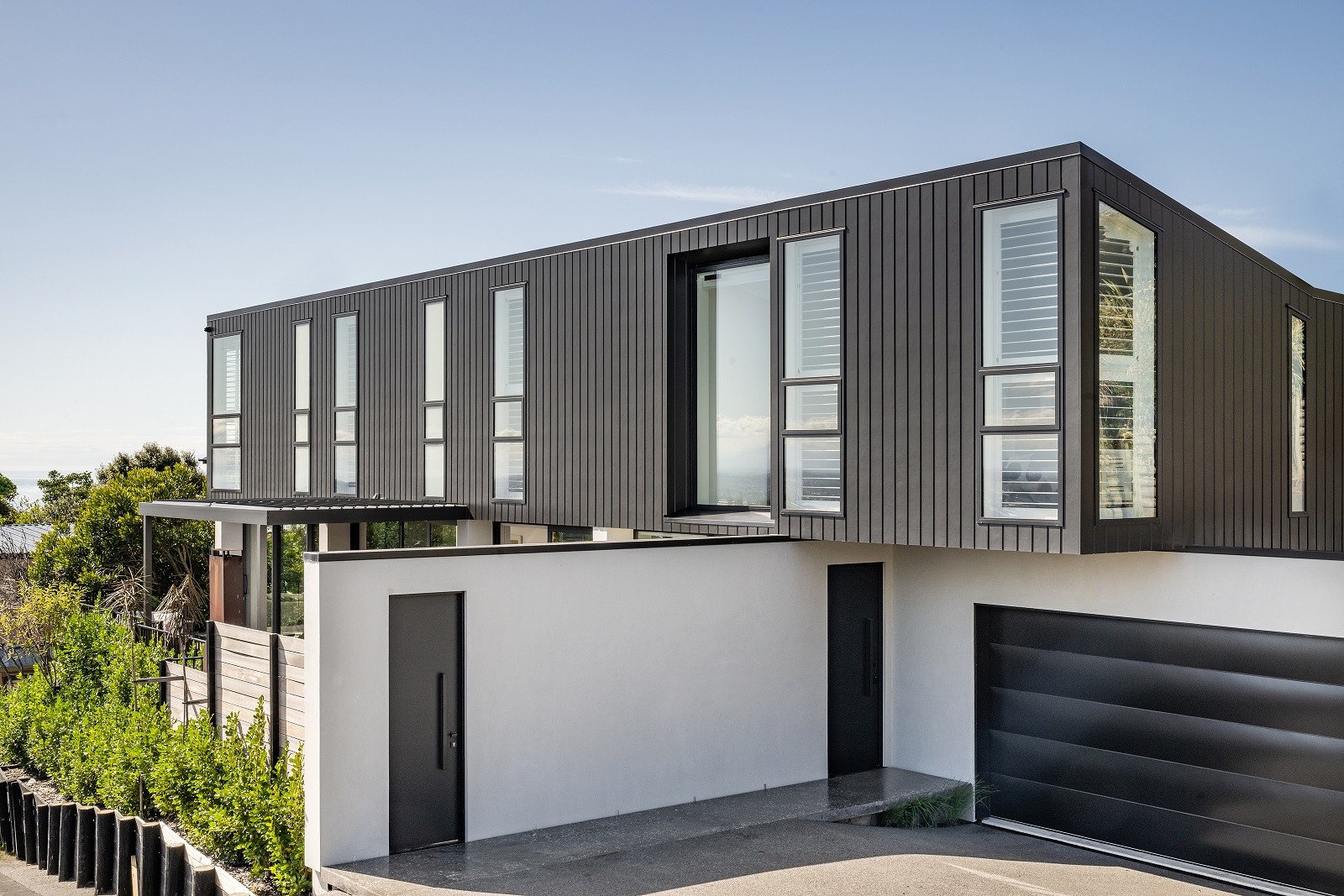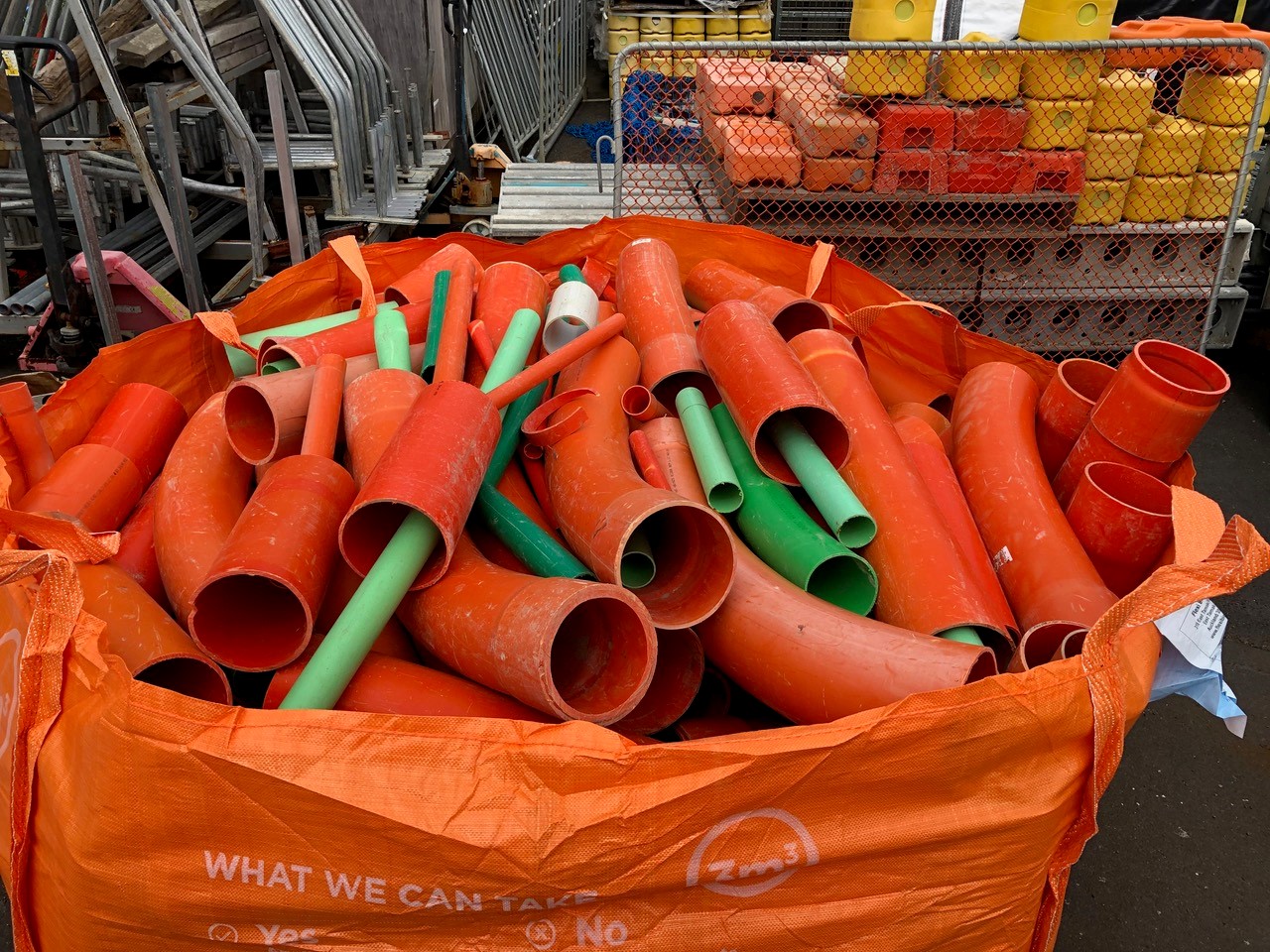- What were the drivers for the creation of Mass Timber? Was it a purely environmental project, or was it rather in reaction to other concerns/needs in the construction industry?
Due to increasing environmental demands caused by population growth and urbanization, energy remains one of the biggest challenges of the 21st century. Buildings are one of the largest consumers of global resources as well as all energy produced. They are also primary contributors to greenhouse gases and solid wastes. As the built environment is faced with dramatic shifts, the need for energy-intelligent building prototypes becomes more crucial than ever. Mass Timber, a wood-based building design and construction technology, has received attention over the last 30 years given its efficiency, speed, precision and versatility in construction for low to high-rise applications. The development of mass timber/engineered wood products has been largely fueled by the lack of old growth timber. The environmental benefits of mass timber’s low energy manufacturing are superior to traditionally built, high-density buildings—the latter acting as carbon sinks by virtue of their excessive CO2 storage. Mass Timber Technologies, moreover, enable buildings to accommodate more people in urban areas by relying on lighter loads of building structure, leading to significantly smaller foundations. Mass Timber systems, as such, can provide economic solutions to mid-rise building projects that would not otherwise be cost effective with concrete or steel. In the long run, the implementation of mass timber technologies in North America would immensely contribute to the health and restoration of North American forests that are severely overgrown by utilizing more tree-based building products. Accordingly, mass timber buildings offer a highly promising solution for housing and carbon reduction goals, in addition to providing a sustainable solution for cities to address urban sprawl.
- You’re building structures of a scale that in the recent past, steel and concrete would have been the obvious first choice. Tell me about some of the challenges you’re facing taking timber to these new heights?
The current mass timber manufacturing and supply chain status give way to an economic sweet spot for mass timber technologies at the mid-rise range. At heights above six stories, mass timber technologies have begun to compete economically with concrete and steel building solutions. The current North-American codes, however, do not support mass timber building prototypes with above six stores—an impediment which significantly limits the implementation of mass timber in the mid-rise range. Nevertheless, testing has been underway in North America to demonstrate mass timber’s performance capabilities for fire and seismic conditions. Fortunately, there is a high probability that mass timber technologies will be recognized in the 2021 version of the International Building Code (IBC), which will decidedly aid in the acceleration of tall wood buildings into the built environment. Outside of code limitations, other barriers for the implementation of the technology are general unfamiliarity from contractors and building trades in working with the systems, as well as general growing pains in the supply chain with scaling up production. It will be instrumental for cities and states to recognize the values that these technologies present for building sustainably in their urban centers, and to further offer incentives to support the early adopters who pursue such projects (via code variances, subsidies, carbon monetization, expedited permitting, etc.).
- In New Zealand, timber was considered a material of the past and there was a focus on concrete and steel and glass for larger buildings. However, a series of earthquakes have seen disappointing failures of even new buildings built to the latest code. Subsequently there is a desire to see if wood can provide strength and resilience in earthquake-prone areas that steel and concrete can’t. Do you have any thoughts on the comparison between these two building methods in relations to earthquake resilience?
Mass timber buildings weigh only a fraction of steel and concrete buildings. Consequently, the lighter timber superstructures enable lighter, smaller foundations and overall base shear during a seismic event. Mass timber buildings fare very well in earthquakes, primarily due to their high-strength as it concerns weight ratios).
- Recently, the spotlight has been shone on the environmental cost of concrete. What is your opinion on the wood vs concrete debate? Will wood replace much of the construction industries’ raw material needs, or will timber take a role in certain kinds of development? Will it become the premium construction material, for example?
There is a tremendous opportunity to replace steel and concrete mid-rise residential and commercial structures with mass timber technologies. We are currently working on demonstrating mass timber solutions for affordable housing, and believe the technologies could be a sustainable solution for building in cities while minimizing construction impacts on the surrounding neighborhood. One can think of these buildings as a kit of parts which are constructed off-site and assembled on-site.
- What are the other non-structural benefits of Mass Timber – have you seen any surprising outcomes from the structures you’re working on, in relations to warmth, acoustics, well-being for example?
There is a lot of interest in using the technologies in schools, due to the biophilic nature of wood, which has been demonstrating remarkable physiological benefits by reducing the stress levels of its occupants.
- And how high can we go? Will we ever see a wood-constructed skyscraper standing tall over New York City for example?
The Brock Commons tower in BC has already demonstrated that mass timber technologies are able to accommodate high-rise buildings effectively. Once the supply chains increase, and contractors become familiar with the technologies, the mid-rise markets will unquestionably begin to see a surge of mass timber systems. As the technologies become more mainstream, and more innovation occurs, I’m confident that we will see more tall timber towers, and in fact believe the 21
st century will be “The Timber Age.”
- Any other thoughts?
I have recently won the 2018 Wood Innovation Grant from the US Department of Agriculture to develop cost-effective solutions for housing utilizing mass timber technologies, and am currently setting up a team at MIT to develop the work over the next year in collaboration with manufacturers, engineers and developers. The project will aim to build a mass timber demonstration project in New England. We are also seeking developers with project opportunities in New Zealand to test our systems, and would strongly encourage individuals/firms from the region to get in touch. We believe these emerging timber technologies can provide great solutions towards building sustainably in New Zealand.




